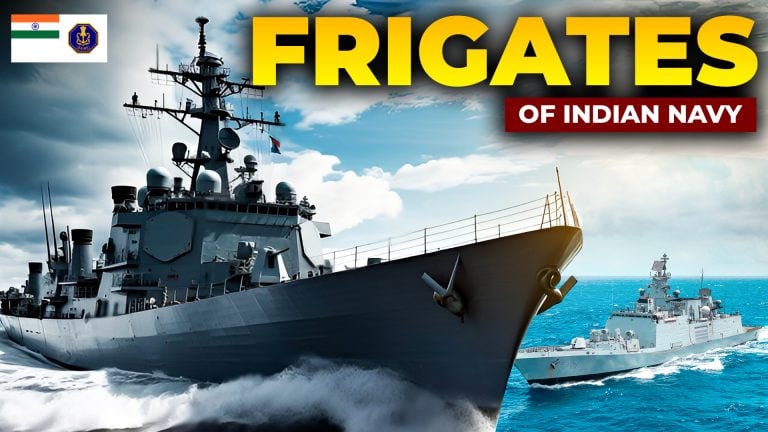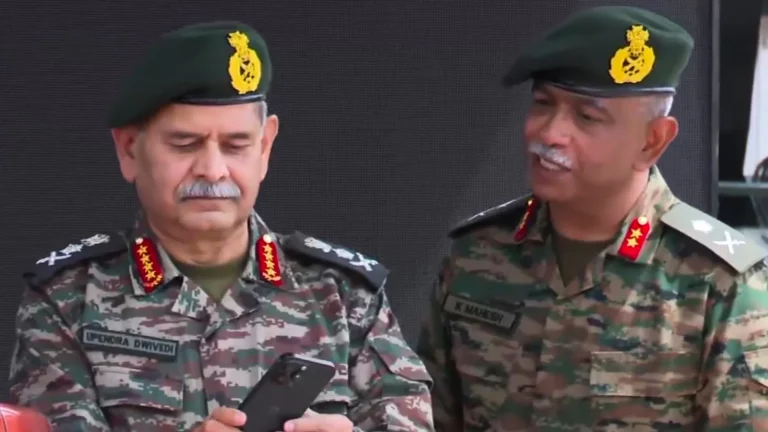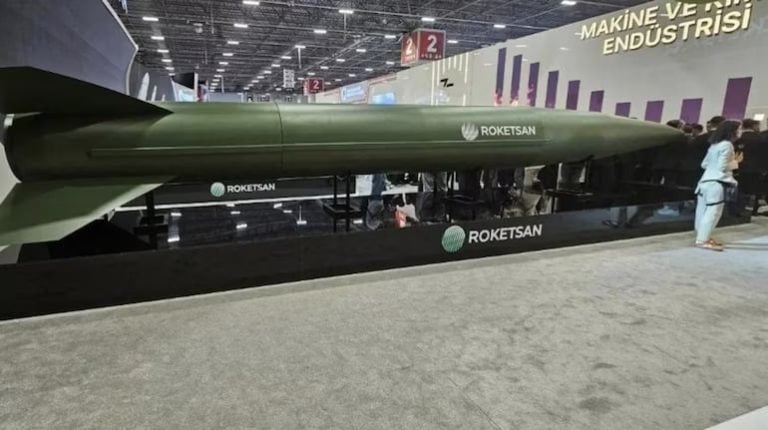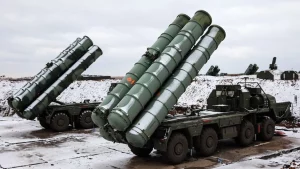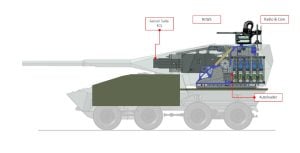The ongoing evolution of air power in the region is being closely monitored as India considers potential acquisitions to bolster its air defense capabilities. Presently, the United States, Russia, and China represent the exclusive nations operating fifth-generation stealth fighter jets. Notably, India is progressing with plans to develop its Advanced Medium Combat Aircraft (AMCA), although the initial prototype is not expected to be ready until the mid-2030s. By that time, China’s military forces are anticipated to have deployed around 1,000 J-20 Mighty Dragons, potentially establishing a significant air power disparity in the region.
As India evaluates its air defense strategy, it faces a critical decision: whether to opt for the Russian Su-57 or the American F-35. Each aircraft boasts distinct advantages—while the Su-57 is recognized for its impressive speed and compatibility with hypersonic missiles, the F-35 is noted for its proven reliability, with more than 1,000 units currently in operation globally and advanced stealth features.
A detailed comparison of the Su-57 and F-35 fighters reveals their differing design philosophies and capabilities. The Su-57, featuring a twin-engine design, stretches 65 feet 11 inches in length with a wingspan of 46 feet 3 inches. In contrast, the F-35 is a more compact single-engine aircraft measuring 51 feet 4 inches in length with a wingspan of 35 feet.
In the realm of speed and maneuverability, the Su-57 reaches a maximum speed of Mach 2 (approximately 2,450 km/h), while the F-35 attains a maximum velocity of Mach 1.6. The Su-57’s thrust vectoring technology provides it with exceptional maneuverability for complex aerial maneuvers, allowing it to supercruise at Mach 1.3 without afterburners.
When examining combat range and payload capacity, the Su-57 emerges as the victor with a combat range of 3,107 miles, significantly surpassing the F-35’s 1,379 miles. Moreover, the Su-57 can support a maximum takeoff weight of 77,162 pounds compared to the F-35’s 65,918 pounds, and its design facilitates the integration of multiple weapon bays for diverse payloads.
The technical performance of both jets is also reflected in their engine specifications. The Su-57 is powered by two Saturn AL-41F1 engines, delivering exceptional thrust across various operating modes, whereas the F-35 uses a single Pratt & Whitney F135 engine known for better fuel efficiency.
Stealth capabilities are critical in contemporary combat scenarios, and the F-35 demonstrates superior radar evasion with a radar cross-section (RCS) better than -40 dBsm, rendering it nearly undetectable. In contrast, the Su-57 has an RCS ranging from 0.1 to 1 square meters, leading to significantly greater detectability distances.
Electronic warfare systems further distinguish the two aircraft, with the F-35 excelling in sensor fusion capabilities that provide an integrated battlefield overview and enhanced situational awareness. Conversely, the Su-57’s electronic warfare capabilities are underpinned by its L402 Himalayas jamming system but exhibit limitations compared to the F-35’s advanced systems.
India’s current air force structure, totaling 31 fighter squadrons instead of the allocated 42, creates a pressing need to upscale its fleet. An essential consideration is the integration of new aircraft with the existing fleet. While the F-35 presents significant integration challenges due to its NATO-based systems—considerably differing from the IAF’s Russian and French-operated aircraft—the Su-57’s compatibility stems from India’s established operations with Russian platforms.
Training requirements also diverge between the two jets. The F-35 necessitates a comprehensive training overhaul for pilots, focusing on NATO-standard operations, while the Su-57’s operational similarities to existing Russian aircraft would facilitate a smoother transition for IAF pilots and ground crews.
From a maintenance perspective, the Su-57 offers advantages due to its compatibility with existing Russian infrastructure, allowing Indian manufacturers to produce parts locally and enhance technology access. In contrast, acquiring the F-35 would require substantial investments to establish NATO-standard maintenance facilities and protocols.
Strategically, the partnership prospects with Russia are compelling. The Su-57 proposal includes a complete technology transfer package paired with joint production opportunities tailored to India’s defense modernization objectives. This collaborative approach aligns seamlessly with India’s “Make in India” initiative, empowering the domestic defense industry through skill development and technological empowerment.
Cost considerations play a critical role in the decision-making process. The base unit cost of the Su-57 ranges from INR 2,953.32 to 5,484.73 million, significantly lower than the F-35’s INR 6,750.44 million price tag. Maintenance costs for the Su-57 are estimated based on existing models, potentially making operations more affordable for fleets familiar with Russian aircraft.
With considerations extending into long-term value, the F-35’s advanced upgrade pathways indicate sustained improvements up to 2070, while the Su-57 receives regular enhancements focusing on newer engine technology and reduced maintenance needs.
In conclusion, while both the Su-57 and F-35 provide considerable advantages, the Su-57 emerges as the more suitable choice for India’s air defense considerations, given its compatibility with current systems, lower long-term costs, and advantageous terms for technology transfer and local production. This decision would not only bolster India’s defense capabilities in the face of regional threats but also foster growth in its indigenous defense industry through enhanced production capabilities and shared technological advancements.





